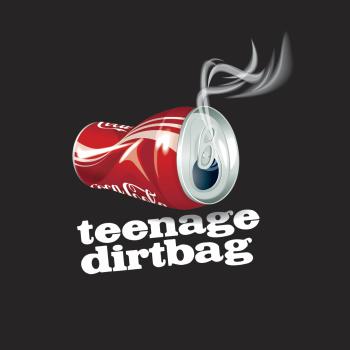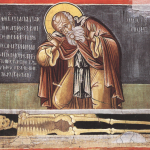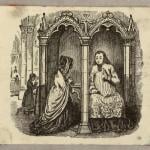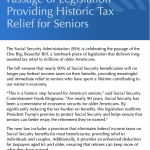I recently finished two books trying to do difficult structural things, by authors I love, and they were sharp reminders of the dangers of difficult structure. Lol I’m currently writing a novel that alternates between dream and reality so I’m not trying to hear this….
Lynda Barry, Cruddy. I’ve loved Barry since I was a junior high school weirdo flipping to the back of the City Paper for “Ernie Pook’s Comeek.” Cruddy is an “illustrated novel” which, like Comeek, reads like the diary of a misfit 1970s kid dealing with misfit 1970s problems: I’m ugly, I don’t know if I want to kiss boys, I’m scared to go home. Cruddy‘s Roberta is poorer and more isolated than the kids from Comeek, and in more danger, but they might be her cousins.
Barry is so good at capturing the weird locutions of a kid trying out personae: Her authorial “voice” is that of someone who hasn’t found her voice yet, who is saying things in whatever way she thinks sounds the coolest, raw and a little bit akimbo. She’s also great at depicting that experience a lot of young teens have, of starting to realize that the way their parents act isn’t just “the way things are.” Maybe there’s something wrong with it. Maybe they’ll be crushed if they stay. A lot of this book feels like a (more) horror-influenced cousin of John Darnielle’s novels: “Them! is a great movie. They show it sometimes on Nightmare Theater, Channel 7. If you see it in the TV Guide you should really watch it because it has ideas in it that could come in handy someday if you are ever facing the authorities in the desert and you are covered with blood that is not actually yours.”
The story alternates between Roberta’s life in her junk-and-rot hometown, starting up one of those unprotecting adolescent friendships and taking drugs and trying to stay out of her mother’s line of fire, and her bloody adventure on the road with her ex-butcher father. The road trip is gory, splashed with “Old Skull Popper” liquor, lit by burning cars, soaked in blood and littered with detached eyeballs. “The Helplessness of Adolescence: An Album by the Cramps.” And this is what I liked in it–it’s a cartoon version of the violence and helplessness Roberta experiences in her hometown, it’s a caricature of an adolescence without anyone to help or trust.
But at the same time, the caricature is never going to feel as real and assured as the lower-key hometown narrative. There were definitely times when the grotesque-for-its-own-sake approach got exhausting, and when Roberta’s numbed narrative voice felt like an adult affecting a cornpone lyricism in order to tug the heartstrings. I loved Roberta dodging trains, her pastime that blurs the line between ecstasy and suicidality. I loved the depiction of parents as simply “whoever God tossed you to.” Any book that can take you to a chapter ending, “She said, ‘You want to help me scare the living hell out of a couple of people? They’re people you know,'” is a book I’ll read. But the Grand Guignol which follows felt merely imagined, a bored daydream of ultraviolence, flimsy and cheap rather than wrenching. The danger of caricature is that it’s easy to snap the reader’s trust: You’re nothing but a pack of cards!
The illustrations, at least in the paperback I have, don’t add as much as I’d hoped. Some are nicely horrifying and some have a real high-lonesome atmosphere, but most are muddy washes of gray.
Sarah Schulman, People in Trouble: This is a novel about Kate and Peter, married artists who have Fought The System by their artwork but never risked their personal safety, and Molly, Kate’s new lover, a semi–hard-bitten lesbian who’s learned that if you’re nice to people in need you never can get rid of them. It’s also a novel about New York on the edge of the ’90s. The characters can’t walk down the street without five or six homeless people asking them for money. Their lives become caught up in the work of a radical AIDS activist group called Justice, which does direct action like using credit cards (some donated, some stolen) to help hungry people clean out a supermarket. Furs for the homeless; Dorothy Day, but for identity theft. And this book, published in 1990, is also about Donald Trump–or “Ronald Horne,” the politically-active celebrity real estate mogul whose opening of the “Taj McHorne,” on the site of a razed public library, becomes the setting for the book’s fiery climax.
The book feels like an experiment in telling the story of people whose contexts are more important than their desires or actions. Kate and Peter and Molly play out their novelistic love affairs and personal decisions but these feel trivial in comparison to the funerals, protests, and desperate pleas which constantly interrupt them. “We can’t be novel characters because hungry and dying people keep getting in the way” is a weird, sharp thing to try, if that’s what Schulman was trying. The problem is that it works too well: I cared exactly zero about the personal lives of the three main characters. All the satirical and anguished social observation of late ’80s/early ’90s queer New York was richly-ornamented and vital, Schulman knowing exactly when to soar into caricature and when to thud back down into this-is-how-it-was realism. And all the love-triangle stuff was bland. All three characters, though especially Peter, felt like paper dolls constructed to make authorial points. Not great when these are the people we spend the most time with!
Car on fire via Wikimedia Commons.











